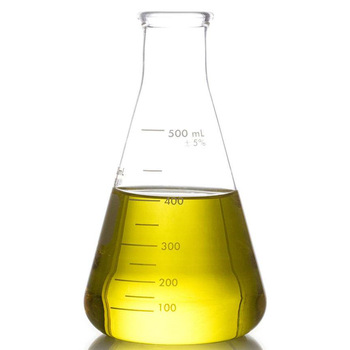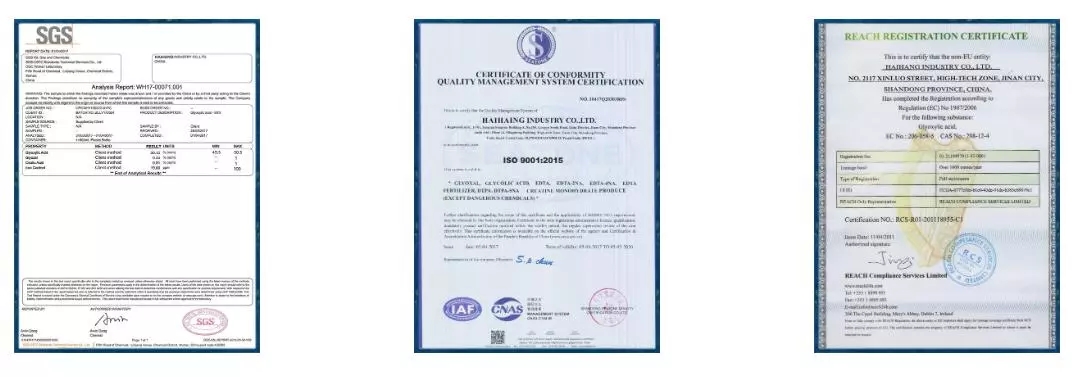Also known as dimethylaniline, colorless to light yellow oily liquid, irritating odor, in the air or under the sun easy oxidation use Ze become deep. Relative density (20℃/4℃) 0.9555, freezing point 2.0℃, boiling point 193℃, flash point (opening) 77℃, ignition point 317℃, viscosity (25℃) 1.528 MPa ·s, refractive index (N20D) 1.5584. Soluble in ethanol, ether, chloroform, benzene and other organic solvents. Can dissolve a variety of organic compounds. Slightly soluble in water. Flammable, will burn in open fire, steam and air to form an explosive mixture, explosive limit of 1.2%~7.0% (vol). High toxicity, high thermal decomposition of the release of toxic aniline gas. Can be absorbed through the skin and toxic, LD501410mg/kg, the maximum allowable concentration in air is 5mg/m3.
Storage methods
1. Storage Notes [25] Store in a cool, ventilated warehouse. Keep away from fire and heat. Keep container sealed. Should be stored separately from acids, halogens and food chemicals, and should not be mixed. Equip with the corresponding variety and quantity of fire fighting equipment. The storage area should be equipped with leakage emergency treatment equipment and appropriate storage materials.
2. Sealed in iron drum, 180kg per barrel. Store in a cool and ventilated place. Store and transport according to the regulations of inflammable and toxic articles
The synthetic methods
1. By aniline and methanol in the presence of sulfuric acid, through high temperature and high pressure reaction. Process flow: 1. Add 790kg of aniline, 625kg of methanol and 85kg of sulfuric acid (100% of ammonium) to the reactor, control the temperature 210-215℃ and the pressure 3.1MPa, react for 4h, then release the pressure, discharge the material to the separator, neutralize with 30% sodium hydroxide, stand, and separate the lower quaternary ammonium salt. Then hydrolysis reaction at 160℃, 0.7-0.9MPa for 3h, the resulting hydrolysate and the upper oil were combined with water washing and vacuum distillation to get the finished product.
2, with methanol and aniline as raw materials, under the condition of excessive methanol, atmospheric pressure, 200-250℃, through the alumina catalyst synthesis. Raw material consumption quota: aniline 790kg/t, methanol 625kg/t, sulfuric acid 85kg/t. The laboratory preparation can react aniline with trimethyl phosphate.
3. Mixed aniline and methanol (N aniline: N methanol ≈ 1:3) and injected into the reactor equipped with catalyst at space speed of 0.5h-1 through a reciprocating non-pulse metering pump. The reaction effluent first enters the glass gas-liquid separator, and the liquid collected at the lower part of the separator is taken out regularly for chromatographic analysis.
4. In 2001, Nankai University and Tianjin Ruikai Science and Technology Development Co., Ltd jointly developed a highly efficient aniline methylation catalyst to realize the gas phase synthesis of N, N-dimethylaniline. The process is as follows: After the liquid aniline is mixed with methanol in proportion, it is vaporized in a vaporization tower and then entered into a tubular reactor with a space speed of 0.5-1.0h-1 (the fixed bed of the tubular reactor is equipped with a supported nanometer solid catalyst) for continuous production at 250-300℃ and atmospheric pressure. The yield of DMA is above 96%.
Refining method: often contain aniline, N- methyl aniline and other impurities. During refining,N, N-dimethylaniline is dissolved in 40% sulfuric acid and steam distillation is carried out. Sodium hydroxide is added to make it basic. The steam distillation continues. The distillate is separated into an aqueous layer and dried with potassium hydroxide. Distillation at atmospheric pressure in the presence of acetic anhydride. The distillate was washed with water to remove trace amounts of acetic anhydride, then dried with potassium hydroxide, followed by barium oxide and decompressed distillation in a nitrogen stream. Other refining methods include adding 10% acetic anhydride and reflux for several hours to remove primary and secondary amines. After cooling, add excess 20% hydrochloric acid and extract with ether. The hydrochloric acid layer was made alkaline by adding alkali, and then extracted with ether. The ether layer was dried with potassium hydroxide and then distilled under pressure under nitrogen. N, N-dimethylaniline can also be converted to picronate, recrystallized to a constant melting point with a warm 10% sodium hydroxide aqueous solution to decompose picronate. Extract with ether, wash with water and dry after vacuum distillation.
5. Aniline, methanol and sulfuric acid are mixed in proportion and condensed in the autoclave. After the reaction product is recovered by pressure relief, alkali is added for neutralization, separation, and then the product is obtained by vacuum distillation.
6. The methylation reaction of aniline and trimethyl phosphate can produce N, N-dimethylaniline: then extracted with ether, dry distillation.
7. N, N-dimethylaniline can be synthesized by adding a mixture of aniline and methanol at the ratio of 1∶ 3.5 in a catalytic bed of Cu-Mn or Cu-Zn-Cr Ziegler catalyst at 280℃. The resulting N, N-dimethylaniline is collected in the distillation unit of 54 plates in the range of 193 to 195℃ and packed into brown glass bottles. For preparation chromatography pure N, N-dimethylaniline, nitrogen can be the carrier gas, in the preparation gas chromatography with Ben 犅 yaku column injected the rectification of N, N-dimethylaniline, through the separation and collection of main component peak fraction, and then into the glass ampoule seal can be.
The main purpose
1. One of the basic raw materials for the production of salt base dyes (triphenyl methane dyes, etc.) and basic dyes, the main varieties are alkaline bright yellow, alkaline purple 5GN, alkaline green, alkaline lake blue, brilliant red 5GN, brilliant blue, etc. N, N-dimethylaniline in the pharmaceutical industry for the manufacture of cephalosporin V, sulfamilamide B-methoxymidine, sulfamilamide dimethoxymidine, fluorouracil, etc., in the fragrance industry for the manufacture of vanillin, etc. 2. Used as a solvent, metal preservative, curing agent of epoxy resin, curing accelerator of polyester resin, catalyst for the polymerization of ethylene compounds, etc. It is also used in the preparation of basic triphenyl methane dyes, azo dyes and vanillin. 3. This product is used as a catalyst for making polyurethane foam plastics with organic tin compounds. Also used as rubber vulcanization accelerator, explosives, pharmaceutical raw materials. It is one of the basic raw materials for the production of base-based dyes (triphenyl methane dyes, etc.) and basic dyes. The main varieties are basic bright yellow, basic purple BN, basic green, basic lake blue, brilliant red 5GN, brilliant blue, etc. N, N-dimethylaniline in the pharmaceutical industry for the manufacture of cephalosporin V, sulfamilamide N- methoxymidine, sulfamilamide – dimethoxymidine, fluorouracil, etc., in the fragrance industry for the manufacture of vanillin, etc. 4. Used as curing accelerator of epoxy resin, polyester resin and anaerobic adhesive, so that the anaerobic adhesive can be cured quickly. It can also be used as a solvent, a catalyst for the polymerization of ethylene compounds, a metal preservative, an ultraviolet absorber for cosmetics, a light sensitizer, etc. Also used in the manufacture of basic dyes, disperse dyes, acid dyes, oil soluble dyes and spices (vanillin) and other raw materials. 5. Reagent used for photometric determination of nitrite. It is also used as a solvent and in organic synthesis. 6. Used as dye intermediate, solvent, stabilizer, analytical reagent.
Post time: May-25-2021







